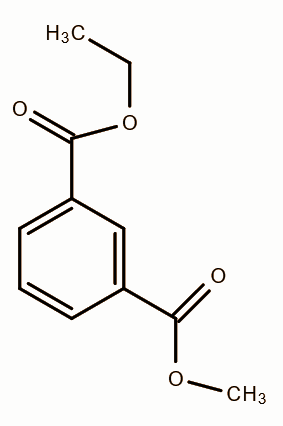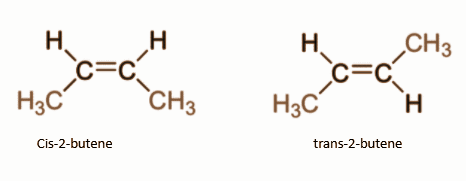
The IUPAC name of the following compound: ethyl methyl-benzene-1,3-dicarboxylate
A.True
B.False


Answer
561k+ views
Hint: To answer this question, you should recall the concept of IUPAC nomenclature of IUPAC compounds. The IUPAC system rose to the necessity for a systematic approach due to the sheer quantity of discoveries of organic compounds which made the vernacular nomenclature of organic compounds highly inconvenient.
Complete step by step solution:
According to the Guidelines set by IUPAC, the nomenclature of compounds must follow these steps:
The Longest Chain Rule
The Lowest Set of Locants: Numbering of parent chains in which the lowest number is assigned to the carbon atom which carries the substituents.
Multiple instances of the same substituent
The naming of different substituents
Correct naming of different substituents in case they are present at the same positions
Naming Complex Substituents
The nomenclature of an ester is done as alkyl alkane carboxylate, where alkyl is the part that is attached to the oxygen atom whereas alkane is the part attached to the carbon atom of the ester group. In the given compound, the alkyl is ethyl methyl and alkane is benzene.
Therefore, the IUPAC name is - ethyl methyl benzene−1,3−dicarboxylate.
Hence, it is true . So, option A is correct.
Note: You should know about different types of isomerism and their naming. We know that isomers are defined as the molecules with the same molecular formula but possess a different arrangement of the atoms in space or different connectivity of atoms. The phenomenon in which the molecules in which the atoms that form the isomers are connected differently is known as structural isomerism. The phenomenon in which the connectivity of atoms is the same in isomers but a different spatial arrangement is a stereoisomerism. 2-Butene can exist as cis and trans isomers because of the double bond that leads to the restricted rotation. For example, in 2-Butene, this results in two isomers where the cis-isomer formed have the two methyl groups on the same side and the trans-isomer formed has the two methyl groups on opposite sides. 2-methyl propene and 2-methyl-2-butene contain a double bond but the groups attached to one of the C of the double bond are the same.

Complete step by step solution:
According to the Guidelines set by IUPAC, the nomenclature of compounds must follow these steps:
The Longest Chain Rule
The Lowest Set of Locants: Numbering of parent chains in which the lowest number is assigned to the carbon atom which carries the substituents.
Multiple instances of the same substituent
The naming of different substituents
Correct naming of different substituents in case they are present at the same positions
Naming Complex Substituents
The nomenclature of an ester is done as alkyl alkane carboxylate, where alkyl is the part that is attached to the oxygen atom whereas alkane is the part attached to the carbon atom of the ester group. In the given compound, the alkyl is ethyl methyl and alkane is benzene.
Therefore, the IUPAC name is - ethyl methyl benzene−1,3−dicarboxylate.
Hence, it is true . So, option A is correct.
Note: You should know about different types of isomerism and their naming. We know that isomers are defined as the molecules with the same molecular formula but possess a different arrangement of the atoms in space or different connectivity of atoms. The phenomenon in which the molecules in which the atoms that form the isomers are connected differently is known as structural isomerism. The phenomenon in which the connectivity of atoms is the same in isomers but a different spatial arrangement is a stereoisomerism. 2-Butene can exist as cis and trans isomers because of the double bond that leads to the restricted rotation. For example, in 2-Butene, this results in two isomers where the cis-isomer formed have the two methyl groups on the same side and the trans-isomer formed has the two methyl groups on opposite sides. 2-methyl propene and 2-methyl-2-butene contain a double bond but the groups attached to one of the C of the double bond are the same.

Recently Updated Pages
Why are manures considered better than fertilizers class 11 biology CBSE

Find the coordinates of the midpoint of the line segment class 11 maths CBSE

Distinguish between static friction limiting friction class 11 physics CBSE

The Chairman of the constituent Assembly was A Jawaharlal class 11 social science CBSE

The first National Commission on Labour NCL submitted class 11 social science CBSE

Number of all subshell of n + l 7 is A 4 B 5 C 6 D class 11 chemistry CBSE

Trending doubts
10 examples of friction in our daily life

One Metric ton is equal to kg A 10000 B 1000 C 100 class 11 physics CBSE

Difference Between Prokaryotic Cells and Eukaryotic Cells

1 Quintal is equal to a 110 kg b 10 kg c 100kg d 1000 class 11 physics CBSE

State the laws of reflection of light

Explain zero factorial class 11 maths CBSE




